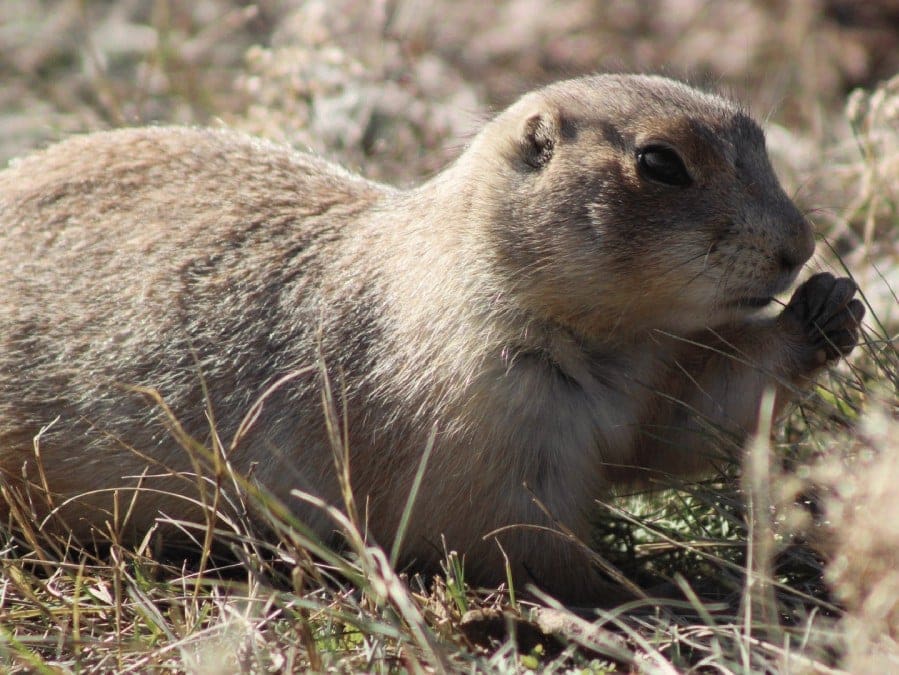Insect pests are a typically common problem for many homeowners, but they are not the only type of pests you should be worried about.
Rodents are also another pest that can cause major havoc around your home without the proper treatment needed to address them. Rodents may seem cute and unassuming at first, but the damage and headaches they can cause says otherwise.
Rodent Holes Need to Be Taken Seriously
Rodents who burrow holes may be seen as just an afterthought. Surely they can’t be that bad right? Well, unfortunately, that isn’t entirely true. While they can burrow holes not close to your home and be fine, when they decide to burrow close to your home, say in your backyard, then that is where potential problems may arise.
You see, many rodents are vegetarian and some of them can even chew on your plants. What’s worse is that many of them can chew on the roots of your plants, which of course results in the complete death of the plant. Some of them kill your grass simply by digging through their roots so they can reach some insects to feast on.
Along with losing plants to these pests, they can also just leave your once pristine yard looking very unsightly with various holes and marks left behind as evidence of their destruction. You might see some dirt mounds and might be wondering, “What the heck?” Fortunately, not all hope is lost because if you can identify the culprit, you are one step closer to successfully treating the problem.
Rodent Pests That Create Holes In Your Yard
Fortunately, there is a pretty narrow list of the types of rodent pests that can burrow holes in your yard. What isn’t great is that they are all capable of causing all sorts of damage to your yard, which can be expensive to address yourself . Listed below are some of the rodent pests that can create holes in your yard, as well as how to identify them.
Moles
One of the most common burrowing rodent pests is undoubtedly the mole! Moles are insectivores that dig tunnels underground in search of insects to consume. They are especially active during the spring and fall, which is when you should pay careful attention to your yards during those periods. The tunnels that moles dig are long and complex and can dig through the roots of plants. If any of your plants are in the way of their food source, insects, then they will likely just dig through them to get them out of the way. A key tell-tale sign of identifying moles, other than seeing them, is dirt mounds. These dirt mounds, or molehills as people call them, are commonly found at the entrance of tunnels and are usually covered. Another way to identify them is their size, which is about half a foot long.
Gophers
Gophers, unlike moles, are herbivores which means they feast on plants and their roots. Gophers are among the largest of the burrowing pests as they can grow up to a foot long! They dig tunnels that are more centered around the plants they are looking to consume. They sometimes bring the plants down into the tunnels with them. When they don’t bring plants down with them, they are chewing at the roots of those plants. No matter what, they seem to cause trouble for your plants, as well as creating unsightly dirt mounds on your lawn. A key distinguisher of gophers is that they create more angled, crescent-shaped dirt mounds since they come up through the soil’s surface from an angle.
Voles
Voles are another rodent burrowing pest that resembles a mouse at first glance because of their small size. They have small ears and a short tail and consume plant roots, bulbs, and even the outer parts of trees and shrubs. To add more cause for concern, they are known to reproduce rapidly, which means more possible damage to your yard. One way to identify if you are dealing with a vole problem is by being on the lookout for small golf ball-sized holes around the bases of plants. Unlike other burrowing pests, they leave the holes uncovered which makes identifying the holes a bit easier.
Chipmunks
Chipmunks are a moderate-sized burrowing pest that measures around 4-7 inches in length. They are omnivorous which means they eat plants, insects, and even small reptiles. In terms of plants, they like to eat the seeds of plants along with the fruits. This means if you have a garden full of these types of plants, and chipmunks decide to stop by, you might have to say goodbye to that yield. Along with eating your seeds and fruit, they burrow holes. A key identifier to help you determine if you have chipmunks in your garden is the appearance of tiny dime-sized holes.
Many of these burrowing pests might seem harmless, but the damage they can do to your yard or garden says otherwise. If you notice the sudden appearance of holes in your garden or yard, then be on the lookout for one of these burrowing rodent pests.
Need Help Identifying Your Burrowing Rodent Pest?
If you are having trouble identifying the burrowing pest that is causing you all sorts of problems, then you should contact a pest expert! Our pest technicians here at Meers Pest Solutions are trained to identify pests as well as suggesting the best and most sustainable solutions to treat the problem. Feel free to contact us here if you have any pest problems that you might need some help with treating.


